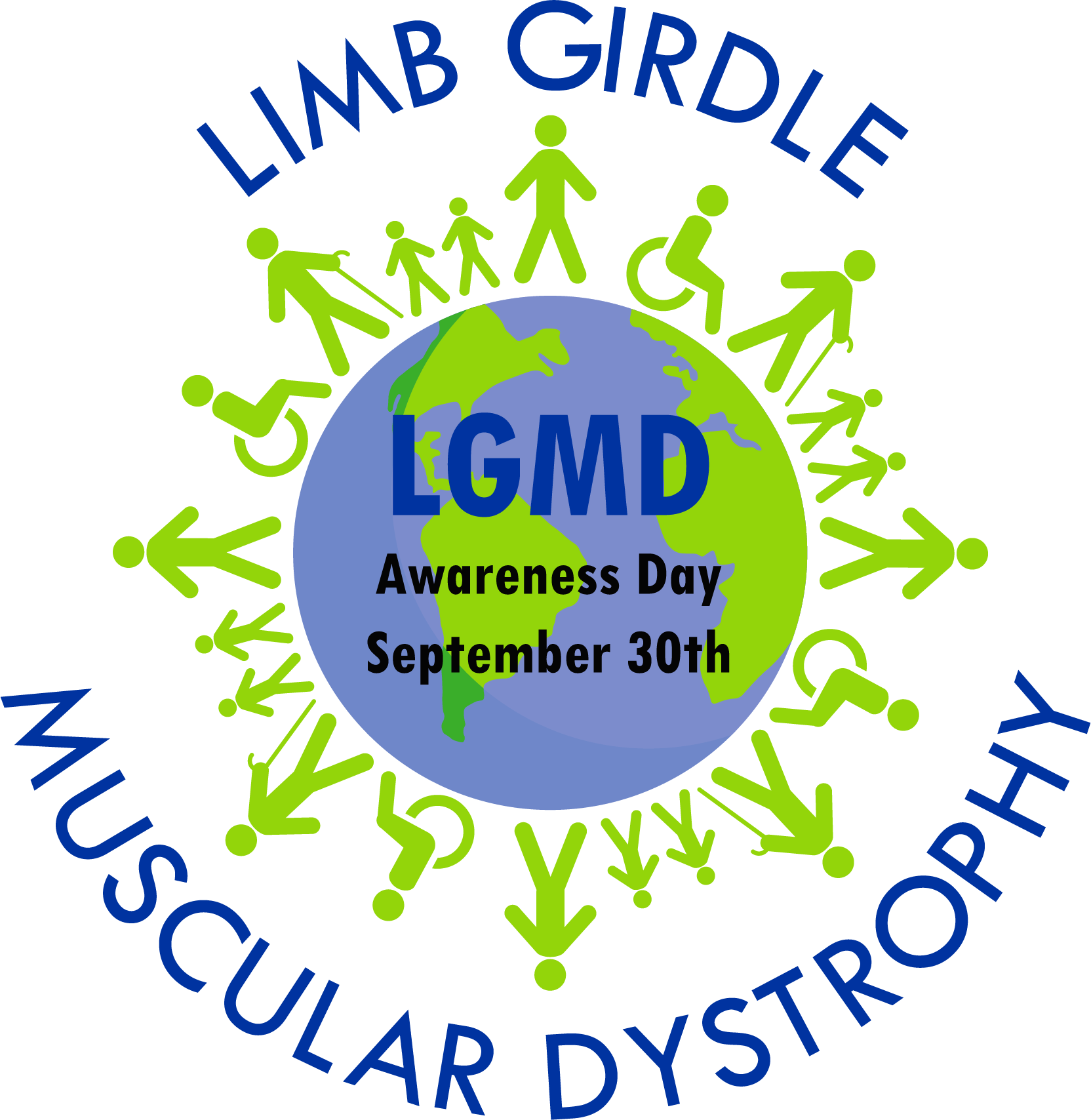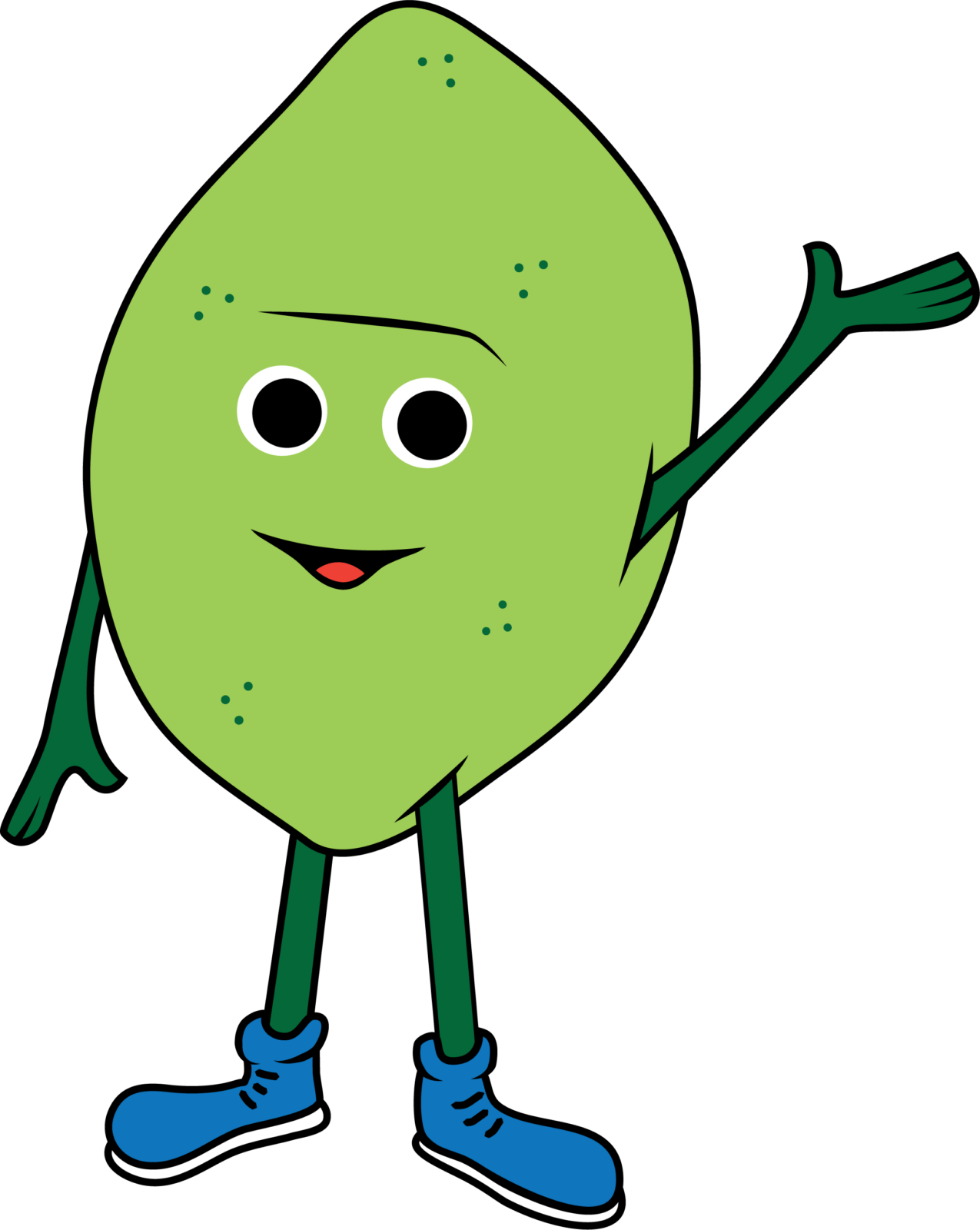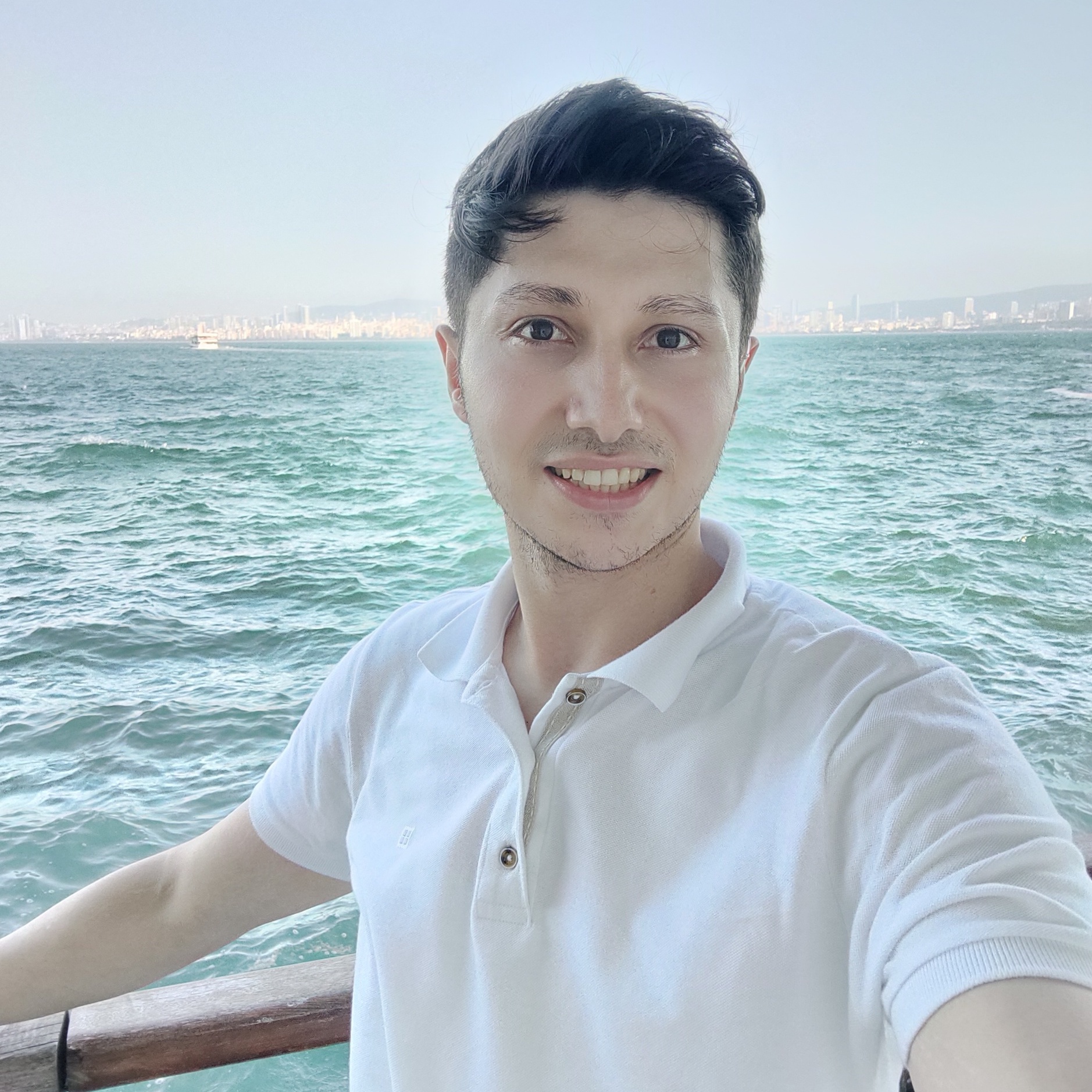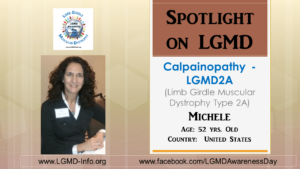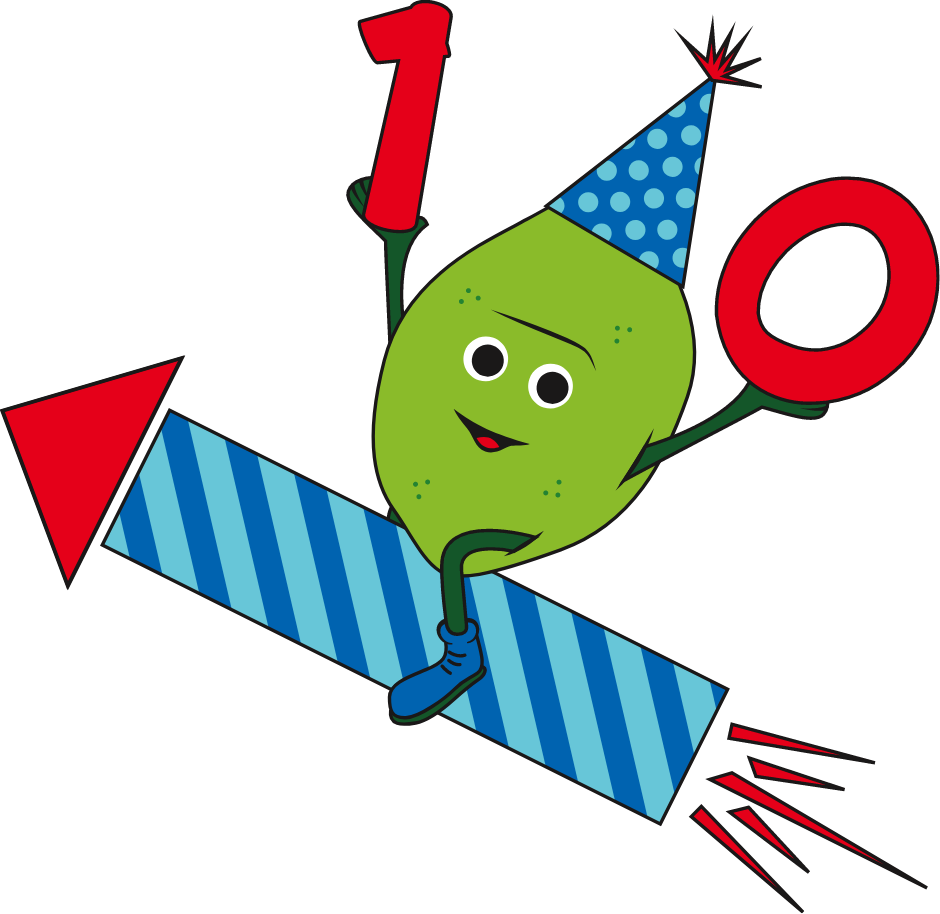INDIVIDUAL WITH LGMD: Michele
LGMD “SPOTLIGHT INTERVIEW”
NAME: Michele AGE: 52 Yrs. Old
COUNTRY: United States
LGMD Sub-Type: LGMD2A – Calpainopathy
AT WHAT AGE WERE YOU DIAGNOSED:
I was initially diagnosed with an unspecified form of muscular dystrophy at the age of 25 years old. I received confirmation of my LGMD2A diagnosis at the age of 43.
WHAT WERE YOUR FIRST SYMPTOMS:
In my late teens I developed an awkward waddle when walking and in my early 20’s began limping.
DO YOU HAVE OTHER FAMILY MEMBERS WHO HAVE LGMD:
Yes, one sibling has LGMD2A but the other does not.
WHAT DO YOU FIND TO BE THE GREATEST CHALLENGE IN LIVING WITH LGMD:
To be blunt, the worst part is dealing with public restrooms because the transfer to/from a wheelchair is physically difficult and the restrooms are not always adequately set-up so I am always worried about drinking water or coffee while I’m out. Sometimes it feels as though my life revolves around fluid management!
WHAT IS YOUR GREATEST ACCOMPLISHMENT:
Professionally, my greatest accomplishment is my involvement in the creation and management of Coalition to Cure Calpain 3 (C3) which is a non-profit group focused on funding high potential research to cure LGMD2A (also known as Calpainopathy),and educate the global community about the disease.
Personally, my latest accomplishment is solving a New York Times Mini Crossword puzzle in 15 seconds,
HOW HAS LGMD INFLUENCE YOU INTO BECOMING THE PERSON YOU ARE TODAY:
On the plus side, it has made me more empathetic and given me the opportunity to show my children that it is important to take action when you are frustrated with the state of things. Don’t complain; be an agent for change.
On the down side, it has made me adjust my daily life as my mobility has worsened, and while I certainly make the most of my life and am generally happy and productive, it certainly presents its challenges, and that can get tiring physically and emotionally.
WHAT DO YOU WANT THE WORLD TO KNOW ABOUT LGMD:
We need more funding for research and more scientists engaged in finding a treatment or cure.
IF YOUR LGMD COULD BE”CURED” TOMORROW, WHAT YOULD BE THE FIRST THNG THAT YOU WOULD WANT TO DO:
Ride a bike (preferably a pink Schwinn with a basket on the handlebars and a thermos of coffee) to the beach and walk along the jetty with my family.
To read more “LGMD Spotlight Interviews” or to volunteer to be featured in an upcoming interview, please visit our website at: https://www.lgmd-info.org/spotlight-interviews

